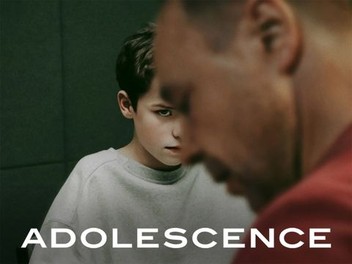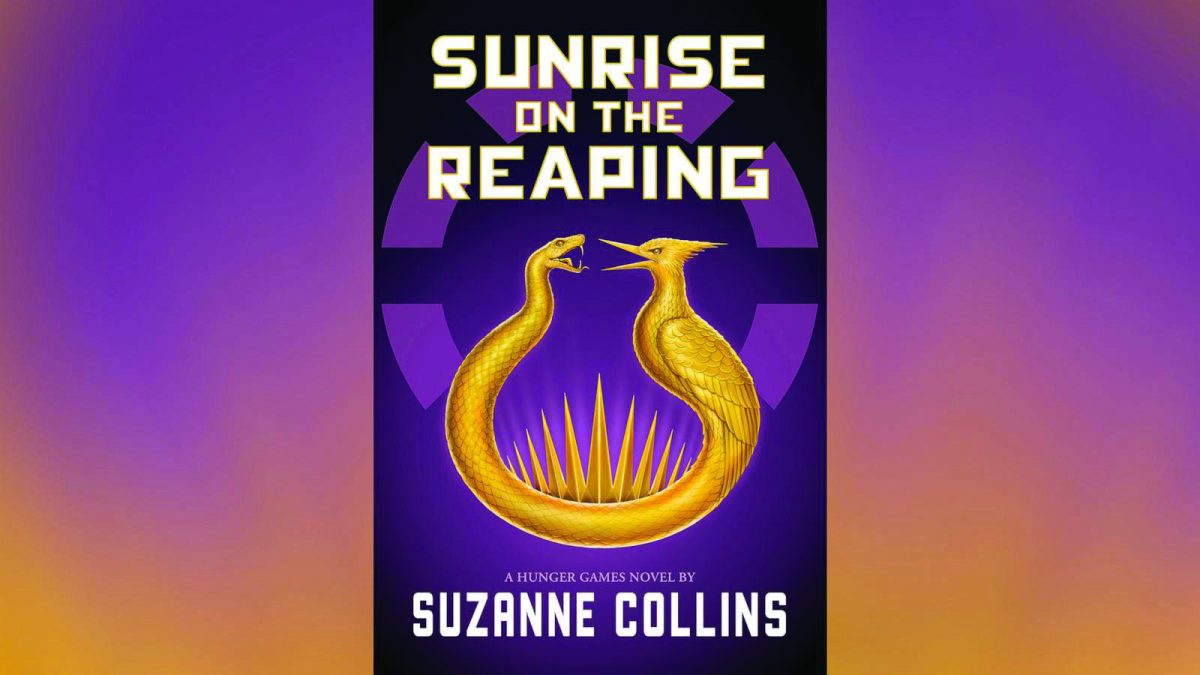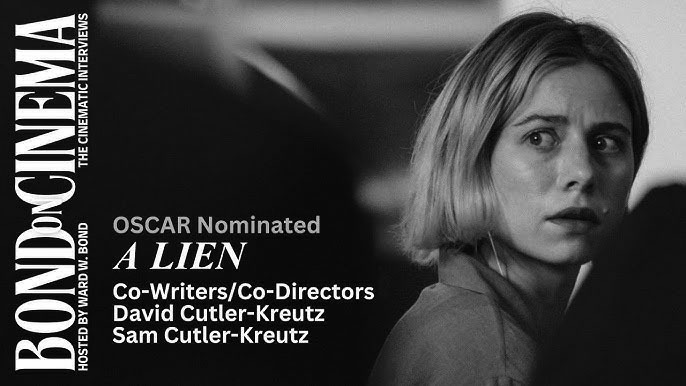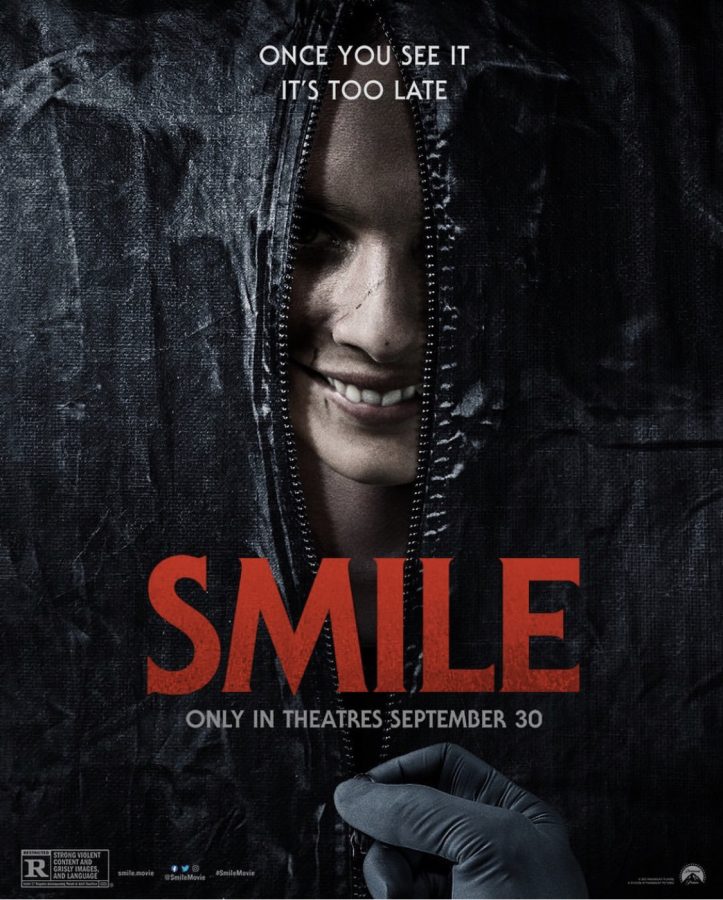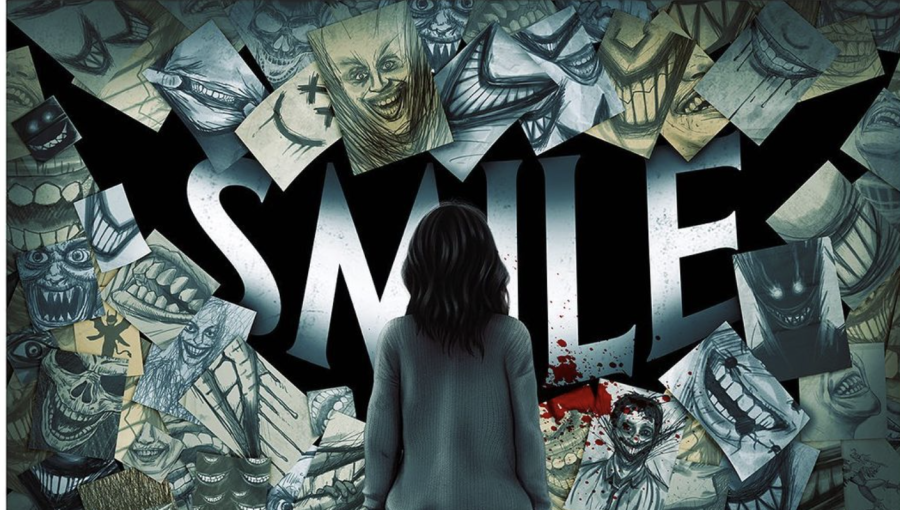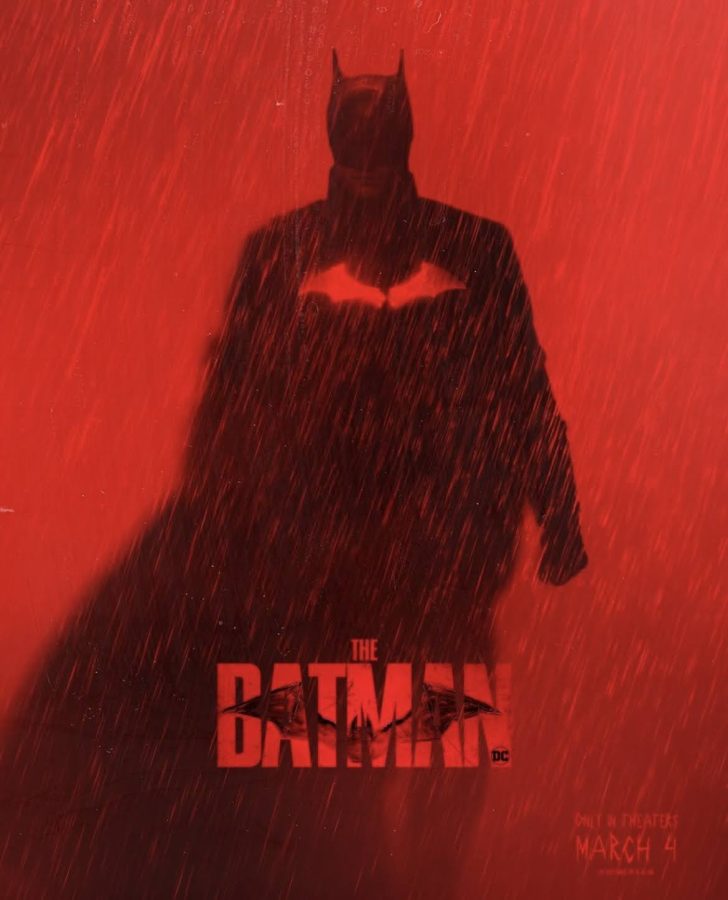In 1959, director William Wyler released a film adaptation of the Lee Wallace novel Ben-Hur. Starring Charleton Heston in the title role, the four hour film won eleven Oscars, a record yet to be beat.
Set in the early first century, Ben-Hur tells the story an Israeli nobleman, Judah Ben-Hur, who is enslaved by former childhood friend who turned into the Roman conqueror Messala. As a galley slave of the Roman fleet for five years, Judah is freed as a result of a sea battle in which he saves a Roman consulate, granting him a high status in Rome. Recovered from slavery, Judah returns to the Holy Land to seek revenge on Messala, who has also imprisoned his family.
The epic scope of the story of Ben-Hur takes the viewer on a journey around the world of Rome’s empire. With elaborate set pieces, powerful performances, a booming score, and state-of-the-art cinematography, Ben-Hur is considered one of the greatest films of all time, with good reason, too. Few other films have captured such an epic story so successfully, except for perhaps Lawrence of Arabia and Gone with the Wind.
Flash forward 57 years and Ben-Hur is found to be subject of the Hollywood trend of remaking anything that makes money. Now, remaking old films does not always mean the remake will be poor. Sometimes remakes can improve upon the original.
True Grit, Dawn of the Dead, and Godzilla have all had recent, critically acclaimed and financially successful remakes. The 1959 Ben-Hur is a remake itself of a 1925 silent adaption. Typically, remakes are successful when they improve upon factors of the original film while keeping the core spirit at the heart of the narrative.
So, is the new 2016 Ben-Hur one of the decent remakes that transcends the original?
Not at all.

(AP Photo)
Director Timur Bakmambetov, best known for the critically panned Abraham Lincoln: Vampire Hunter, did not have an easy task in attempting to tell the story of a slave seeking revenge against an empire.
Yet, in telling the story of Ben-Hur, it is important to capture the feel of the ancient world to put the conflict between Rome and its constituents in greater, more personal perspective. The 1959 production build entire city sections to replicate ancient Jerusalem and Rome. The 2016 production succumbs to cheap sets and sub-par CGI.
The costume designers for Ben-Hur 2016 clearly have not done their research, as many of the outfits and armor in the film look to be plucked from a Renaissance Fair, which is about a thousand years too far into the future for the true time period.
Jack Huston plays the titular role, while Toby Kebbell portrays Messala. The two fail to develop any chemistry, and Messala is more likable then Judah for most of the film. Stephen Boyd and Charleton Heston had a certain poetry to their delivery of the lines in 1959 – Huston and Kebbell come off as awkward here and never come off as facing difficult moral dilemmas.
A feature of every Ben-Hur film is the chariot race. After Judah escapes slavery, he faces Messala in a chariot race, as it is the only legal way to face-off in Rome. In ancient times, chariot racing was akin to NASCAR. The winner of the race is regarded as a national celebrity.
Judah is trained by Sheik Ilderim, a tribesmen who boasts swift, majestic steeds that he has Judah ride to victory. The eleven minute scene in the 1959 film of the race took months to produce and has influenced action scenes since, most notably The Phantom Menace’s pod race.
By mounting the camera on cars that simultaneously covered the tire tracks so they would not appear on the next lap, Wyler’s production also employed one the earlier examples of bass sound design. The rumbling and cheering is captured to create an engrossing scene that still holds up nearly 60 years later. The 2016 film employs sloppy CGI in what is clearly a rushed production.
Morgan Freeman mails it in as Sheik Ilderim and gives about as much commitment to his role here as he did in Oblivion (meaning he showed up for two days, collected the pay check and left). Any of the sentiments of the narrative are ruined by the rushed pace and sloppy execution.
The one decent scene in the film is the naval battle, shown from Judah’s perspective as a galley slave. By using limited perspective, one does become engrossed in the gruesomeness of pre-gunpowder combat.
What really nails the coffin in to mark the 2016 Ben-Hur as a failure is the ending. In the original film, Judah beats Messala in the race and watches Messala die from wounds inflicted by the race. Yet, this still does not satisfy Judah’s desire for revenge.
It is not until Judah sees the suffering of Jesus later on that he learns to forgive and live a happy life. In the remake, all scenes with Jesus are laughable, lacking all subtlety and grace the first portrayal gave of Christ. The actual narrative here ends with everybody hugging it out, as the obligatory Morgan Freeman narration closes another disappointing film of 2016.
One has to wonder why this film even exists. Flopping at the box office, perhaps it is because the original Ben-Hur does not have the same name recognition it once did. Nothing was improved upon and the rushed production makes the vast world established in first film feel artificial and small, as scenes are mostly from sets, not actual oceans and deserts the first film employed.
So, do not patronize this sloppy remake of Ben-Hur, and rather spend your time watching the original 1959 film, as it still holds up as one of the greatest stories ever told.





